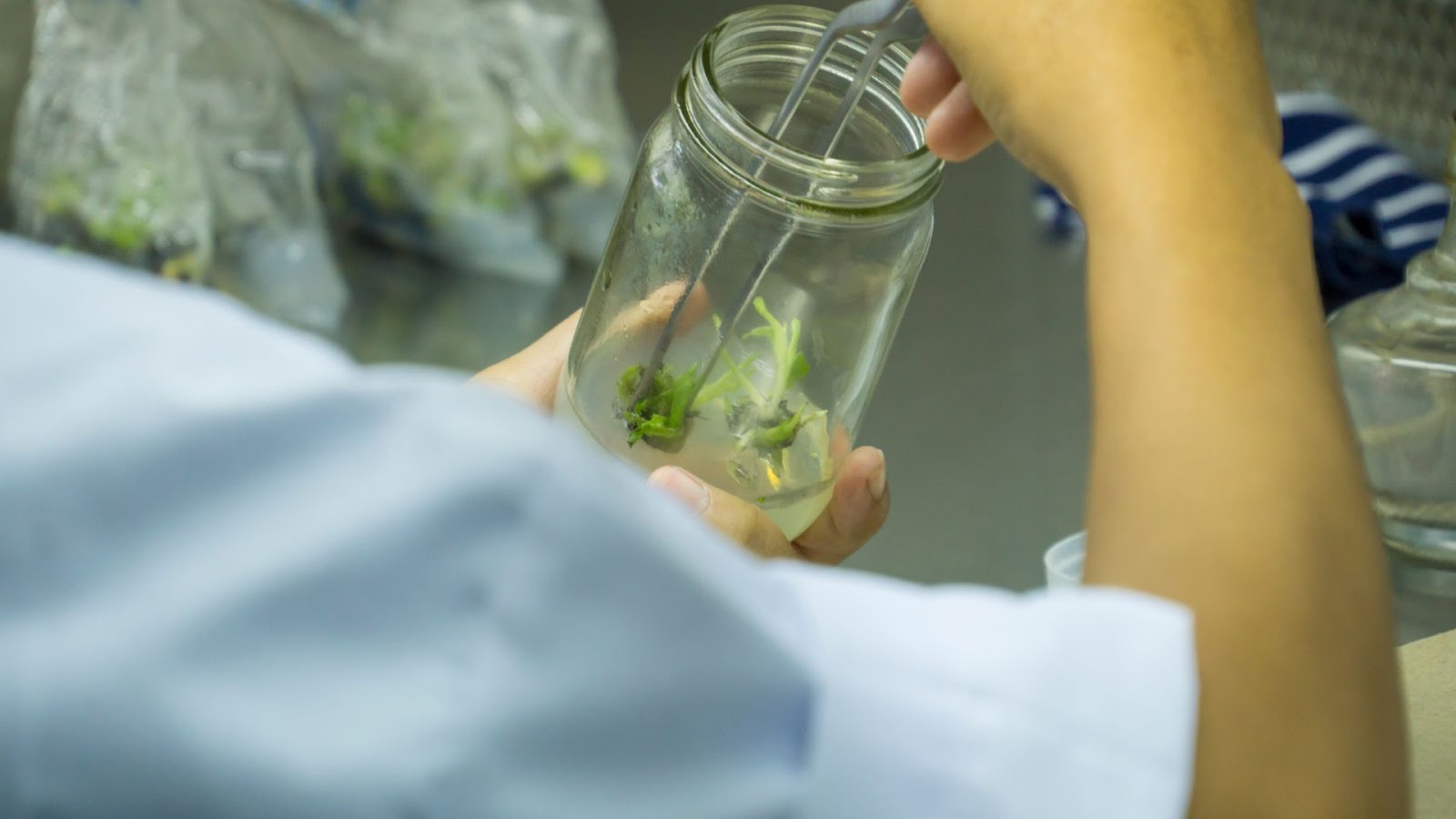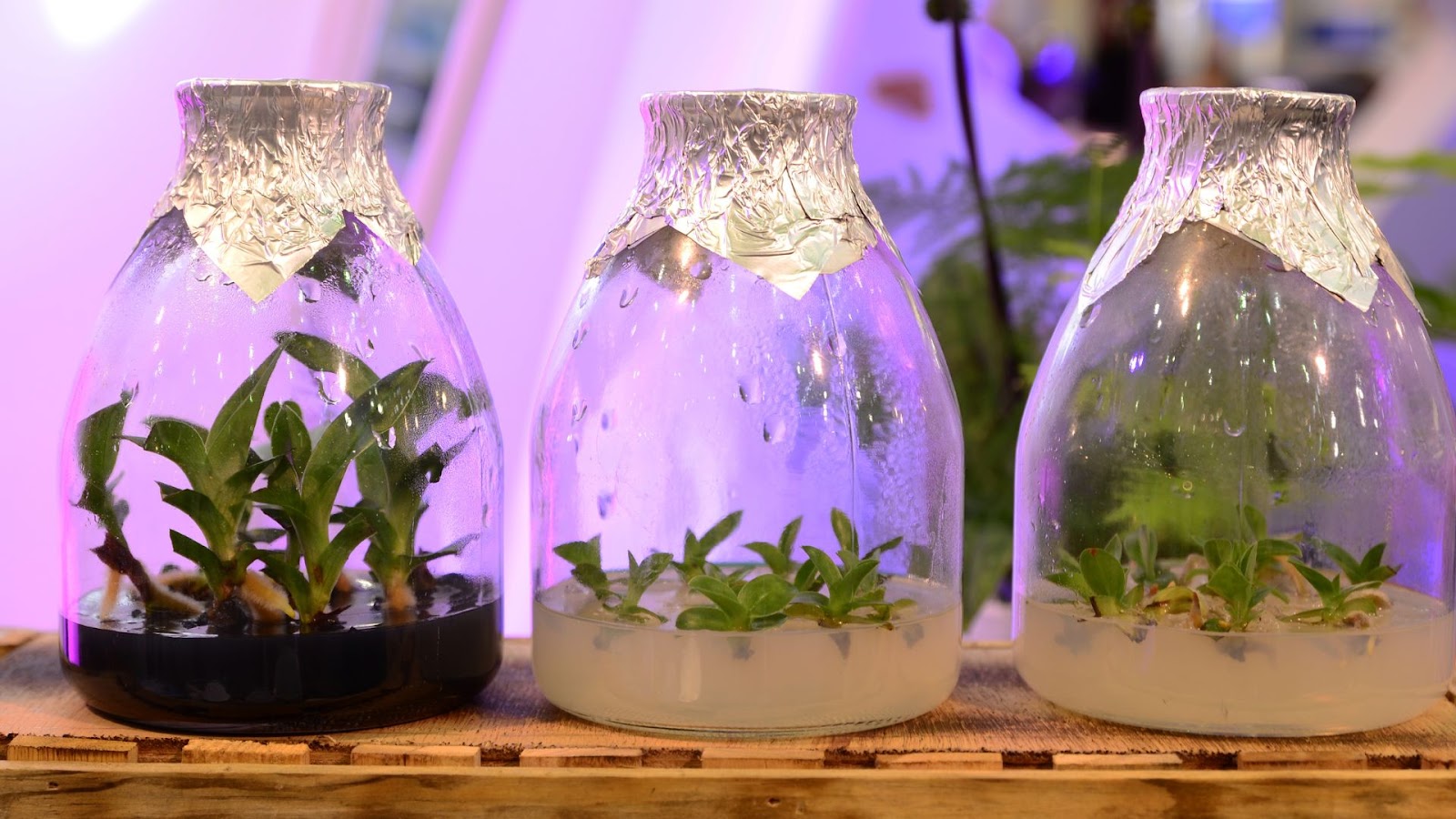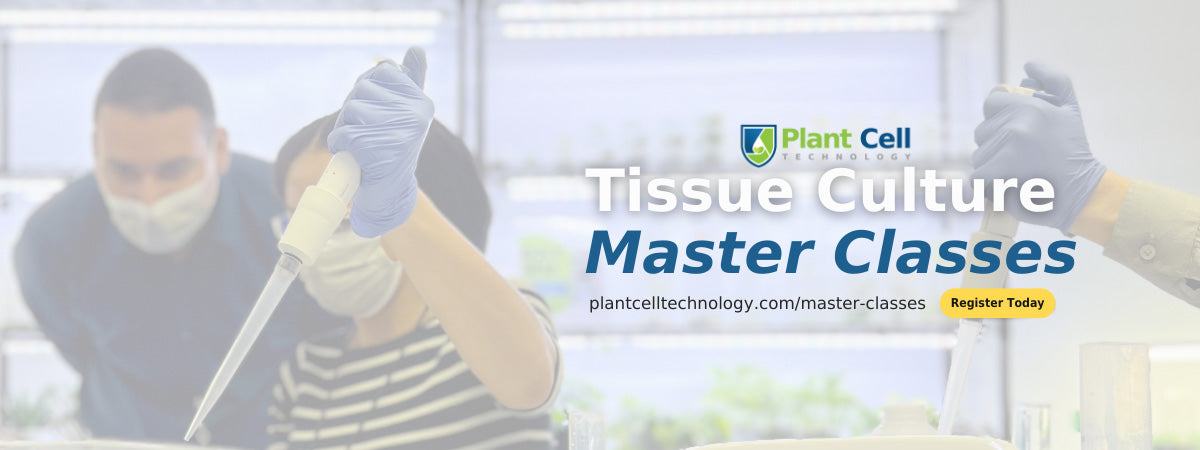
Can You Grow Indoor Plants Using Tissue Culture?
As a content and community manager, I leverage my expertise in plant biotechnology, passion for tissue culture, and writing skills to create compelling articles, simplifying intricate scientific concepts, and address your inquiries. As a dedicated science communicator, I strive to spark curiosity and foster a love for science in my audience.


Introduction
Do you know according to Data Bridge Market Research, the global market of indoor plants is expected to touch 26.23 Billion Dollars in numbers? It’s a CAGR of 4.87% during the forecast period of 2022-2029.
The numbers are gullible considering the skyrocketing demands of indoor plants for many purposes, such as interior decoration and indoor gardening.
Designing and displaying your plants can be a creative and fulfilling process that adds natural beauty and personality to your home. No matter if you’re a seasoned plant enthusiast or a beginner looking to add some greenery to your living space, there are countless ways to incorporate plants into your home design.
From choosing the right pots and containers to experimenting with different placement and grouping techniques, designing and displaying your plants can help you create a unique and visually interesting atmosphere that reflects your personal style and enhances your overall well-being.
So whether you live in an apartment in Spokane, WA, or are looking for homes to buy in Charleston, SC, Redfin reached out to professionals, including us, to share some tips and ideas for how to design and display your plants so that you can create a beautiful and thriving indoor oasis. Be sure to check out Plants, Pots, and Placement: 17 Expert Tips for Designing and Displaying Plants in Your Home.
Also, in addition to bringing beauty and comfort, the indoor plants benefit you in many ways by:
- Improving your mood
- Enhancing productivity
- Lowering your stress and anxiety
- Providing clean air
- Reducing noise
- Improving focus and work performance
- Helping with depression and dementia
Thus, accounting for these health benefits, the market for indoor plants is like never-ending.

Many conventional and advanced techniques are used by plant businesses to grow these plants on a commercial scale to meet consumers’ demands. Many plants and flower production centers use cross-breeding or multi-breeding technique to create varieties that outperform the current ones in the view of economic value.
However, there are certain challenges that indoor plant business owners have to deal with when it comes to producing healthy plants on a large scale. For example:
- Pathogen and pest attacks
- Large space to maintain mother plants and the growing cuttings
- Labor intensive process
- Long time requirement in producing plants
- A large number of mother plants for cloning purposes
- Production of only a limited number of plants in cases of unavailability of mother plants
- Depends on the season for the plant production
And, much more!
Ab effective solution for tackling such challenges is the use of tissue culture.
What’s that and how can it be done?
Let’s find out an answer to this and much more in this article.
Tissue Culture of Indoor Plants
Tissue culture is an advanced technique of plant propagation. In this process, a few tissues from any part of the plant are collected, cultured in an artificial medium, and grown in a strictly controlled sterile environment.
Based on the explant you choose, tissue culture is of different types: callus culture, organ culture, embryo culture, and seed culture.
So, can it be used to grow indoor plants?-you might ask.
Of course, it can!

Countries across the globe utilize tissue culture for the cultivation of a range of plants, such as medicinal plants, fruit, ornamentals, and many other plants of economic use (grapes, bananas, citrus, hemp, strawberry, and thousands of others).
You must be shocked to know that Thailand, a leader in tissue culture in southeast Asia, produces 50 million platelets (mostly orchids) a year using the tissue culture technique.
All in all, yes you can grow indoor plants in tissue culture like any other plants that have been grown till now! Of course, provided, you are growing the plants in the right environmental condition, providing the right nutrients, and maintaining strict sterile conditions.
A few examples of indoor plants grown using tissue culture include Syngonium Arrowhead, Syngonium Pink Neon, Philodendron Xanadu-Green, Aglaonema Lipstick, Monstera deliciosa, Cactus plants, Alovera, African Violet, and many others!
How Is Tissue Culture Done?
Tissue Culture is consist of four primary stages:
- Stage I: This is also known as the initiation phase. At this stage, the mother plant is selected, the source is collected, and then the desired explant is cut off from the source. After obtaining the explants, it’s prepared and surface sterilized for the culturing processes. With surfactant and bleach, you can also use PPM (Plant Preservative Mixture) for the surface sterilization of your explant. Then, the surface-sterilized explants are cultured on a suitable media without hormones.

- Stage II: It’s known as the multiplication stage. At this stage, the grown tissues, either callus or shoots are divided into subsequent pieces or segments and then cultured again on a multiplication media, containing hormones. For the multiplication, cytokinin-rich media is used to inoculate the nodal explants. In a period of 4 to 5 weeks, 5-6 explants are produced from a single shoot.

- Stage III: It’s known as the rooting stage. At this stage, the grown shoots from the multiplication stage are transferred to rooting media for root regeneration. The rooting media contains a higher amount of auxin than cytokinin. In some cases, no amount of cytokinin is required at this stage. Also, oftentimes, rooting is induced in tissue culture-grown shoots while acclimation to plants.

- Stage IV: It’s known as the acclimatization phase. At this stage, rooted plants are taken out from the tissue culture environment, and transferred to hardening media, consisting of either pearlite, peat, or vermiculite. To protect the plants from sudden shock, the plants are kept in a box having a slider cap to gradually increase the humidity for plants. After the plant are fully acclimated to greenhouse conditions, they can be transferred to the field or outside environment.

How Can You Improve Indoor Propagation of Tissue culture Plants?
During tissue culture, plants are petted in a controlled environment. They are treated in labs in an environment free of pollution, sterile, and enriched with nutrients, minerals, and the right temperature and humidity to ensure their healthy development.
Thus, it’s necessary to maintain conditions until plants start thriving well when gradually adjusted to the natural environment.
Tissue culture is an efficient technique to boost your business of indoor plants in smaller spaces. Here’re a few reasons why people use tissue culture for their indoor plant propagation:
- Ornamental plant businesses use tissue culture to rapidly grow a variety of hybrid plants at a large scale in small spaces.
- The tissue culture allows the propagation of rare plants at a rate unmatched using other techniques in the industry, allowing growers to satisfy demand in a more timely manner.
- Plantlets can inherit specific genetic traits from their mother plants; in other words, if healthy, robust mother plants are selected, their clones should be strong and healthy. Thus, tissue culture ensures the growth of disease-free healthy plants.
- Plants propagated by tissue culture can be controlled in terms of variegation, leaf texture or shape, etc., which are unpredictable using traditional methods.

Choose Plant Cell Technology As A Partner In Your Tissue Culture Journey
Interested in starting your own tissue culture lab for your small indoor plant business but don’t know the first step?
We’re here!
Plant Cell Technology offers culturists like you a one-on-one phone consultation service. Using this service you can easily find all the answers to your questions regarding tissue culture processes and businesses by directly talking to our tissue culture expert.
Furthermore, the PCT store provides you with everything you need to get started with your tissue culture venture. It has MS media, agar, gellan gum, Plant Preservative Mixture (PPM), culture vessels, Biocoupler (TM), and masks in its store to facilitate your processes.
We also have blogs and Youtube videos that release useful educational content each week. From tissue culture theory to practical procedures, we have created everything you need to learn about tissue culture. Check it out here now!

Other than our products and learning resources, we also provide master classes for houseplant+carnivorous plant tissue culture, leads by expert and instructor, Francisco Palacios. The classes are designed to lift you from the basics and train you with the technique in a way that you can easily incorporate the technique in your business and take it to a new height.
Learn ore about the classes and their schedules here!
If you have any questions about our tissue culture products and services, write to us at info@plantcelltechnology.com.
Happy Plant Tissue Culturing!
Blog Categories
View by Level
Popular Blogs

How Samantha Bridges the Gap Between the Nursery and the Lab
The Introduction Building a tissue culture program from the ground up requires more than just scientific knowledge—it requires the grit...
Read More
Understanding The Synthetic Seed Technology
Introduction Let’s be honest: traditional plant propagation can be a logistical nightmare. If you’re working with recalcitrant species—those stubborn plants...
Read MoreSubscribe to Our Newsletter
2 comments
i am a nursery man in kerala,india
Hi, can you recommend some reading matter on hoe to propogate aglaonema from explant, specifically from the leaf. Thank you,
Regards.







Join the conversation
Your email address will not be published. Required fields are marked